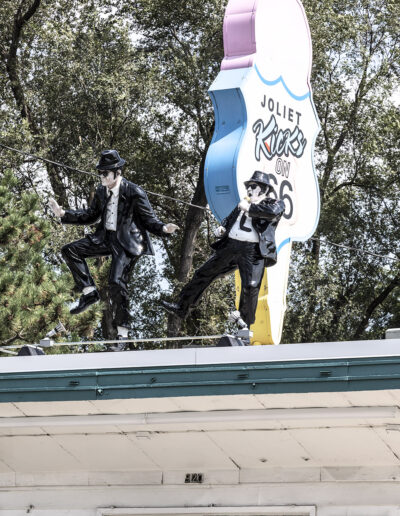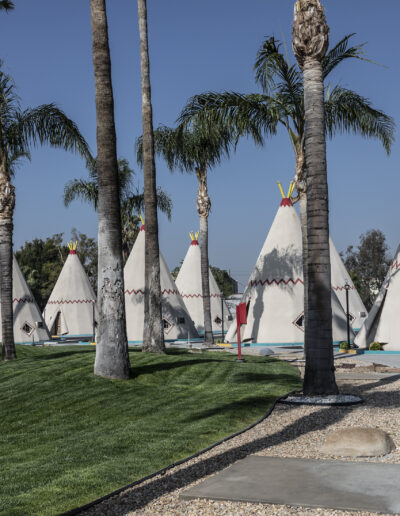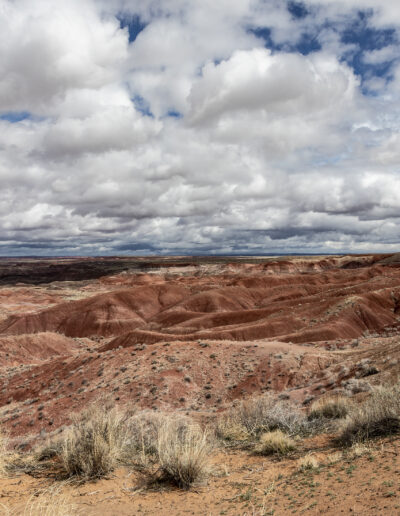Route 66, or the “Mother Road” as John Steinbeck named it, was established as an interstate highway from Chicago to Santa Monica, California in 1926. The 1956 Highway Act, created during the Eisenhower administration, began the construction of the Interstate Highway System, which ultimately replaced Route 66 as the main transportation route west. As a photographer interested in both “people” and “place,” I decided to drive the “Mother Road“ from Chicago to California and meet the passionate people and communities that keep this story alive. I was accompanied by my wife, an architecture buff and docent for the Chicago Architecture Center.
We began the journey in 2019 and completed about two-thirds of the distance, planning to return to the task, the following year. Covid 19 intervened, and we were forced to finish the trip in 2022. Along the way, we encountered gas stations, motels, road signs, billboards, public buildings, art deco movie “palaces”, vintage automobiles, and “giant” sculptures meant to attract travelers as they followed the road.
Route 66 exists today because of people like Jerry McClanahan, an artist, who considers its preservation his life’s work. Welcoming travelers is Jerry’s delight, especially when the traveler decides to stay and become his wife. Other people on the road include musicians and collectors of memorabilia including old automobiles and abandoned motels where they live and troops of motorcyclists from around the world. In the western parts of the route, I encountered Native Americans, including a tribal Chief, as well as a former construction welder, who after an injury turned his metal working skills into the making of fine jewelry.























































